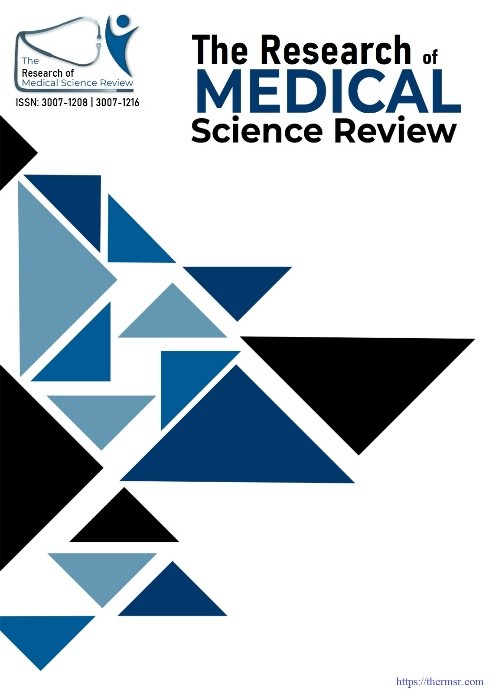CLINICAL PROFILE AND MANAGEMENT OUTCOMES OF PATIENTS WITH ACUTE ISCHEMIC STROKE
Main Article Content
Abstract
Background: The burden of acute ischemic stroke (AIS) is rising globally, particularly in developing countries like Pakistan, where limited access to timely care and poor awareness contribute to adverse outcomes. Understanding the clinical profile and treatment outcomes is essential for improving stroke management. Objectives: To evaluate the clinical presentation, risk factors, and management outcomes of patients with acute ischemic stroke. Study Design & Setting: A descriptive observational study conducted at DHQ Teaching Hospital Mirpur AJK over six months. Methodology: A total of 120 patients aged ≥18 years presenting with AIS within 72 hours of symptom onset were enrolled using non-probability consecutive sampling. Diagnosis was confirmed by CT or MRI. Clinical features, risk factors, NIHSS score at admission, treatment modality, and Modified Rankin Scale (mRS) at discharge were recorded. Data were analyzed using SPSS v25.0. Results: Out of 120 patients, 58.3% were male with a mean age of 58.4 ± 11.2 years. Hypertension (75.8%) and diabetes (55.0%) were the most common risk factors. Hemiparesis (76.7%) and dysarthria (55.0%) were frequent symptoms. Most patients had moderate stroke severity (NIHSS 5–15). IV thrombolysis was administered in 28.3% of cases. At discharge, 15.0% had minimal disability (mRS 0–1), while 12.5% died during hospital stay. Conclusion: AIS commonly affects older hypertensive patients. Timely diagnosis and appropriate management, including thrombolysis, can improve functional outcomes.
Downloads
Article Details
Section

This work is licensed under a Creative Commons Attribution-NonCommercial-NoDerivatives 4.0 International License.
